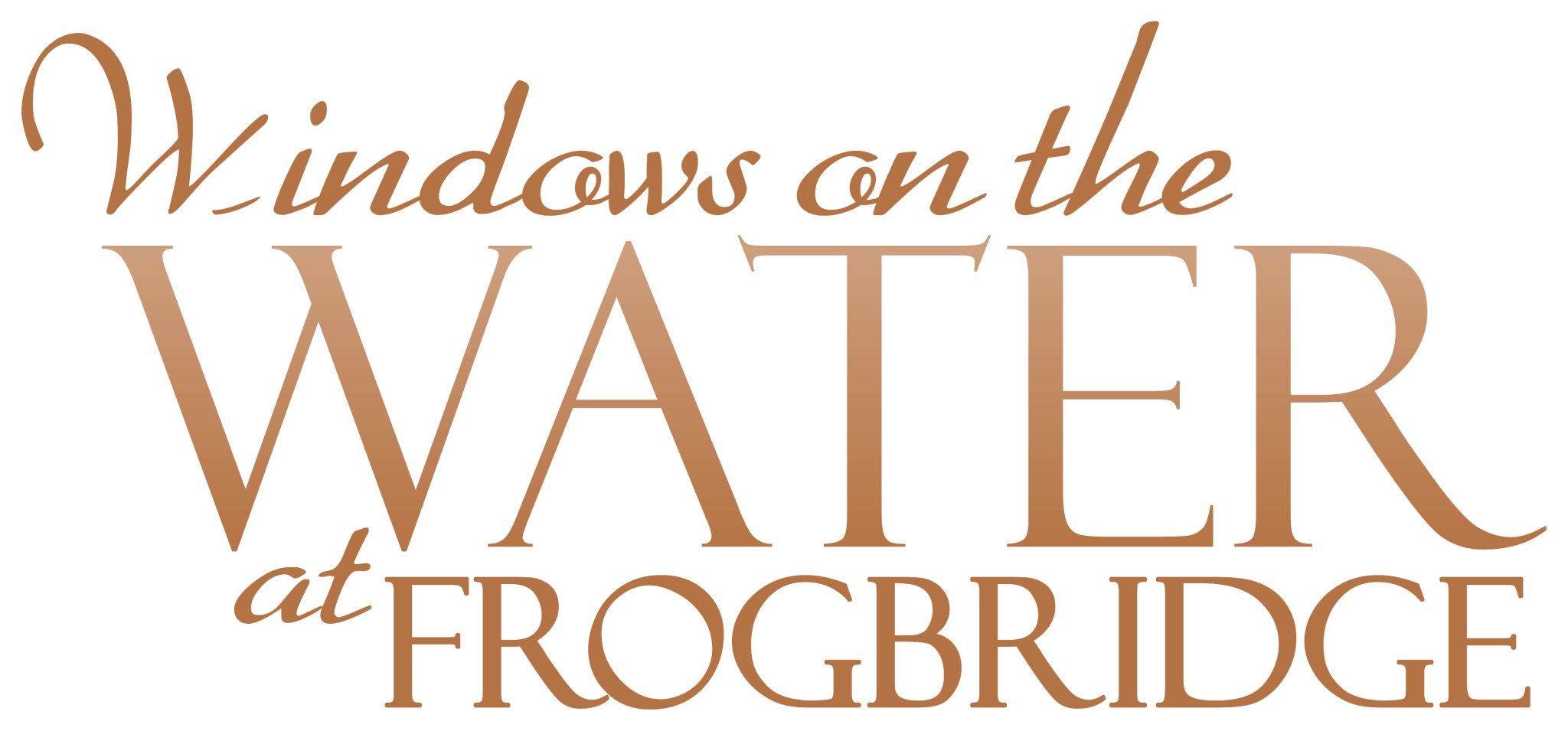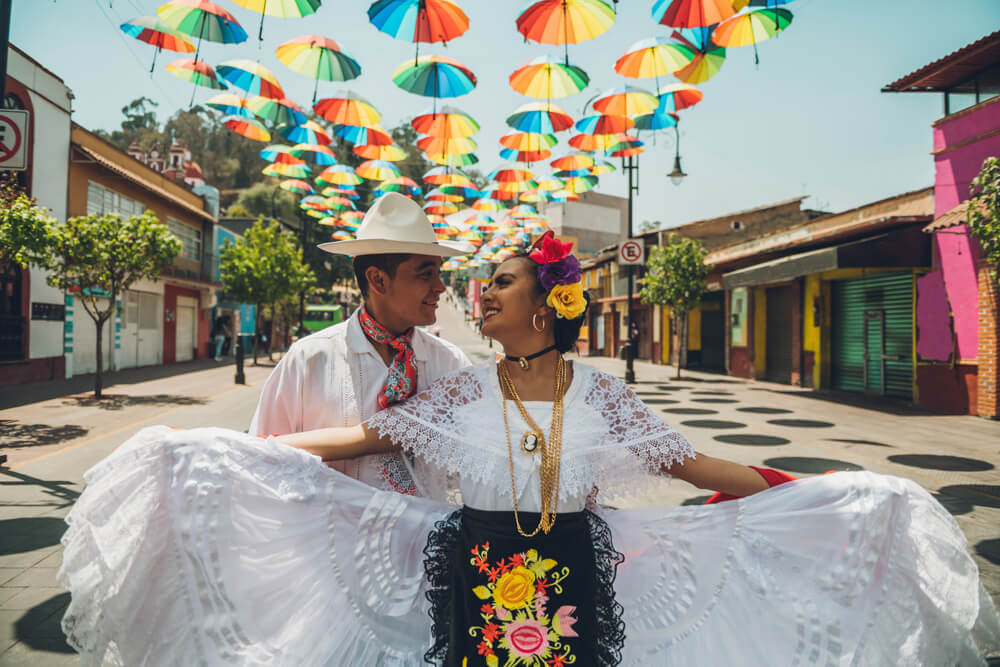Traditional Mexican weddings are usually fun, celebratory affairs featuring large guest lists and plenty of celebratory dancing and dining. Because Catholicism is commonly followed by Mexicans, traditional weddings are steeped in religious traditions. As marriage is considered by those of the Catholic faith to be one of the seven sacraments, weddings are almost always held in a church. Also, parts – or all – of the ceremony might be in Spanish, even if the couple speaks English, as this is considered respect for the couple’s Spanish-speaking parents or grandparents.
Those who are fortunate enough to be invited to a Mexican wedding are in for a unique and cultural treat. Here is a look at some of the traditions that may be included in the celebration.
Common Mexican Wedding Traditions
If you are attending a Mexican wedding, some common traditions to be aware of include:
Los Padrinos y Madrinas: Wedding Sponsors
Los padrinos y madrinas are people that the couple selects to serve a type of special role, helping to pay for certain parts of the wedding, such as purchasing the Bible or other items used in the ceremony, giving a reading during mass, or carrying the arras during the ceremony. The arras are 13 gold coins that are presented to the bride as a symbol of the groom’s trust in her. The coins themselves represent the groom’s wealth.
Another ceremonial act that is often reserved for the los padrinos y madrinas is wrapping the wedding lasso around the couple. The “lasso” used in the ceremony is usually made of flowers and rosary beads and is draped on the shoulders of the bride and groom after the wedding vows have been recited as the priest or deacon blesses the marriage. The lasso forms a figure 8, representing new beginnings as well as the mutual support the couple has for each other in carrying out their duties and responsibilities through life.
Communion
The liturgy of the Eucharist (communion) is another common religious ritual featured in Mexican weddings. The couple takes communion after they’ve exchanged their vows, considering this their “first meal” together as newlyweds. The tradition signifies the couple’s reliance on God to sustain and support them through their marriage.
Guests who are not Catholic are not permitted to receive communion with the couple and should remain in their seats through this portion of the ceremony. However, if these guests would like to receive a blessing during the ceremony, they can do so by crossing their hands over their chests and approaching the altar for the priest to bless them.
Mariachis
Mariachis are sometimes hired by the couple to sing the hymns during the ceremony. They’re also a popular part of the wedding reception, providing hours of live music that the couple and their guests can dance to. Mariachi is a style of regional Mexican music that dates back to the early 18th century and was created to celebrate the triumphs and lament the struggles of the Mexican people. Mariachi bands consist of at least two violins, two trumpets, a Spanish guitar, a vihuela (a five-string guitar), and a small acoustic bass. It is not unusual for Mariachi bands to feature twenty or more musicians.
Mariachi bands will sometimes lead the couple down the aisle. Other times, the band will play music during the cocktail hour after the ceremony has taken place and will continue to play as the couple and their family members take pictures. The DJ will take over for the mariachi band when attendees are ready to hit the dance floor.
Lively Receptions
Mexican wedding receptions are a major event including a feast of popular Mexican dishes and the opportunity to dance the night away. Most receptions feature an open bar with offerings of various types of alcohol. There are a number of popular traditional Mexican dances that are often incorporated into the celebration, including the snake dance, which involves the bride and groom forming an arch with their hands. Guests dance through the arch as the music gets faster and attempt not to break the snake chain.
Another dance that is commonly featured at Mexican wedding receptions is the money dance, in which guests pay for the opportunity to dance with the bride or groom by pinning money to their clothing.
Planning a Traditional Mexican Wedding in New Jersey? Windows on the Water Can Help
While an actual wedding ceremony only lasts an hour or so, the festivities around the wedding can last for two days. If you’re planning a traditional wedding, consider working with Windows on the Water. Our event planners will work to ensure that every detail of your big day is addressed in a way that reflects your choices and culture.
To schedule a tour of the venue and talk with our professional team about the services we can provide, call us at (609) 208-9475 or send us a message online.

